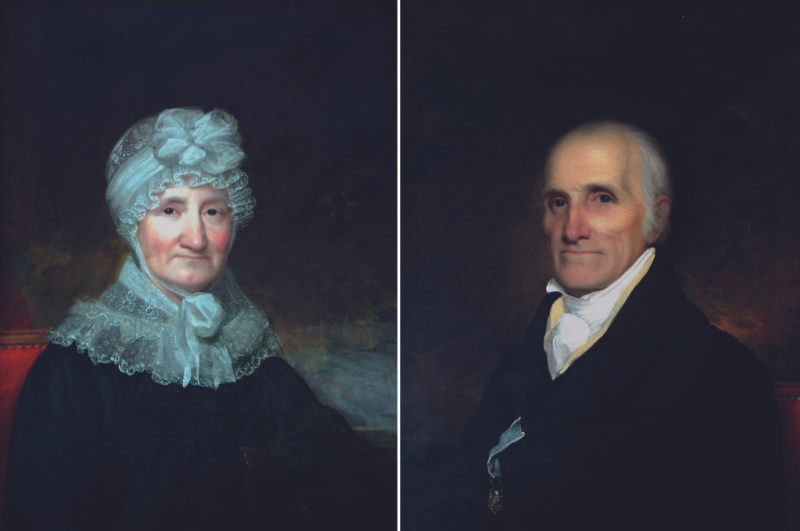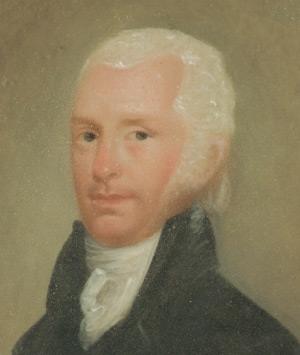Born in Dublin, Ireland in 1752, William Croghan arrived in Philadelphia at age 16 to live under the patronage of his uncle, Pennsylvania Indian Agent George Croghan, who established him as an apprentice to a New York merchant. He later secured a captaincy for him in the British Army’s 16th Regiment in 1771. At the start of the Revolutionary War in 1775, 23-year-old Croghan sold his British commission to join the American Revolution as a captain in the 8th Virginia Regiment, he crossed the icy Delaware River under the command of General George Washington, and was commissioned Major at the conclusion of the grim Valley Forge winter. He served with Aaron Burr, Alexander Hamilton, and James Monroe at the battles of Trenton, Princeton, Brandywine, and Germantown. Shortly after his parole as a prisoner of war in 1781, along with Lt. Col. Jonathan Clark and Lt. Edmund Clark, he witnessed Cornwallis’ surrender. Croghan traveled with the two Clark brothers to their family’s home in Virginia.
In 1784, after gaining a surveying certificate from the College of William and Mary, William Croghan and George Rogers Clark were named principal surveyors to the Virginia State Line and moved to Louisville. They were responsible for overseeing the measuring, mapping, and recording of deeds for all Virginia state line bounty lands. They were able to claim land in payment for their surveying services, and as a result, the men acquired ownership of vast tracts.
George Rogers Clark’s younger sister, Lucy was born in Virginia in 1765, the second daughter of John and Ann Rogers Clark. In 1785 she and her family made the dangerous journey to the Kentucky Territory after George Rogers Clark convinced their father that the rich Kentucky soil was the future of Virginia. She met William Croghan through his connection with her brothers, and they were married on July 14, 1789, in Louisville. Croghan purchased most of the land that would become Locust Grove the following year and used enslaved workers and hired hands to begin building their home. The house was under construction and the land was cleared for farming during the period 1792-1795. After the birth of their first two sons, William and Lucy moved to Locust Grove, where over the years they had six more children.
William Croghan died in 1822.


